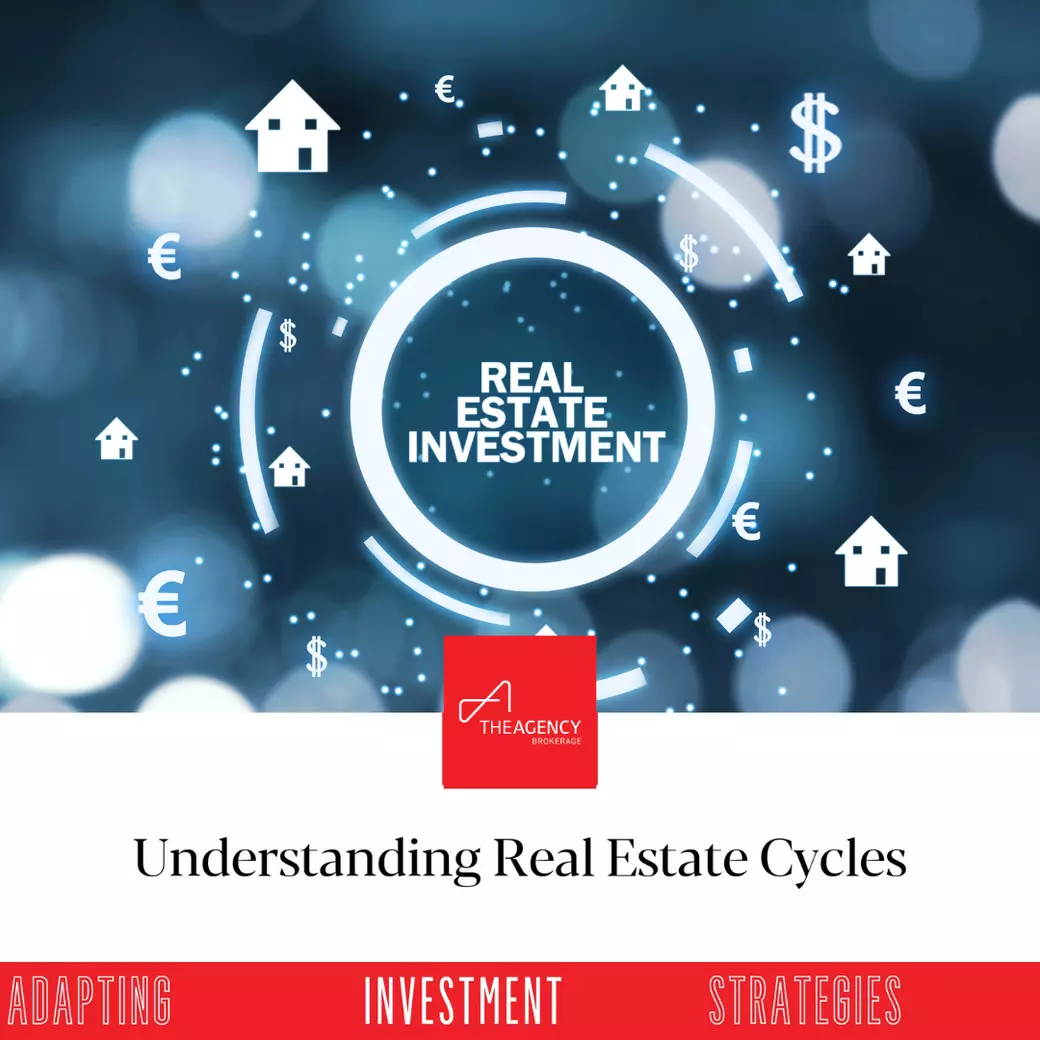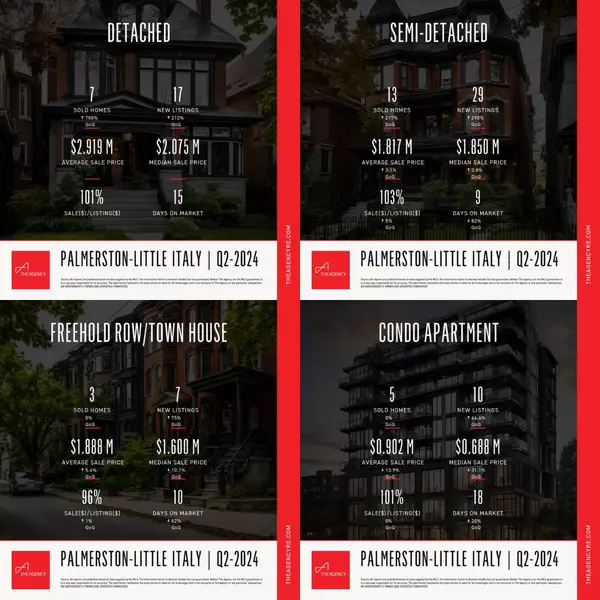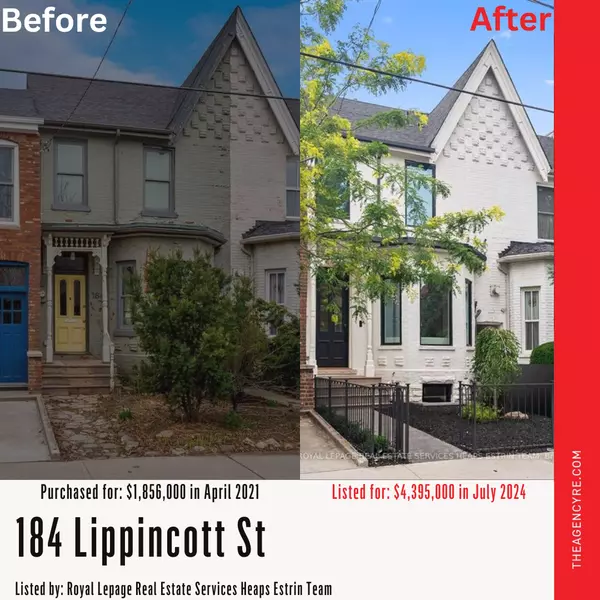Understanding Real Estate Cycles: Adapting Investment Strategies

Real estate cycles significantly influence property values, investor behavior, and economic stability. Recognizing these cycles helps shape effective investment strategies.
The real estate cycle comprises four main phases:
🔴 Expansion: Characterized by increasing demand, rising prices, and robust construction activity. Economic growth, low unemployment, and favorable financing conditions attract buyers and developers, leading to strong capital appreciation and high occupancy rates.
🔴 Peak: At this stage, market saturation becomes evident with stabilizing or peaking prices and plateauing demand. Speculative activities intensify, warranting caution to avoid inflated valuations and potential market corrections.
🔴 Contraction: Marked by declining demand, falling prices, and rising vacancies. Higher interest rates, reduced consumer confidence, or oversupply contribute to market corrections. Investors face challenges but can capitalize on discounted property prices, distressed sales, and motivated sellers. Strategies like portfolio diversification, cash reserves, and adaptive property management are crucial.
🔴 Trough: The market's lowest point, where prices stabilize or reach a bottom level, and demand begins to recover. This phase offers opportunities for leveraging purchases of discounted or distressed properties, positioning portfolios for future growth.
Successful navigation of real estate cycles involves diligent monitoring of market indicators, adapting investment strategies to economic conditions, and maintaining a long-term perspective.
Where do you think we stand in this cycle in Ontario right now?
The real estate cycle comprises four main phases:
🔴 Expansion: Characterized by increasing demand, rising prices, and robust construction activity. Economic growth, low unemployment, and favorable financing conditions attract buyers and developers, leading to strong capital appreciation and high occupancy rates.
🔴 Peak: At this stage, market saturation becomes evident with stabilizing or peaking prices and plateauing demand. Speculative activities intensify, warranting caution to avoid inflated valuations and potential market corrections.
🔴 Contraction: Marked by declining demand, falling prices, and rising vacancies. Higher interest rates, reduced consumer confidence, or oversupply contribute to market corrections. Investors face challenges but can capitalize on discounted property prices, distressed sales, and motivated sellers. Strategies like portfolio diversification, cash reserves, and adaptive property management are crucial.
🔴 Trough: The market's lowest point, where prices stabilize or reach a bottom level, and demand begins to recover. This phase offers opportunities for leveraging purchases of discounted or distressed properties, positioning portfolios for future growth.
Successful navigation of real estate cycles involves diligent monitoring of market indicators, adapting investment strategies to economic conditions, and maintaining a long-term perspective.
Where do you think we stand in this cycle in Ontario right now?
Categories
- All Blogs (11)
- architecture (1)
- century home (2)
- home owner (3)
- Investment property (4)
- luxury condos (3)
- luxury real estate (5)
- multiplex (1)
- new condo (2)
- Palmerston-Little Italy (1)
- preconstruction (2)
- real estate (6)
- Real estate investment (3)
- real estate market (3)
- Tax (1)
- Toronto real estate (3)
- Toronto Tax (1)
- under construction (1)
Recent Posts

Palmerston-Little Italy | Quarterly Analysis of the Real Estate Market | Q2-2024

Palmerston-Little Italy | 4 most common architectural styles

"La Belle Maison", aka, The Schitt's Creek Mansion

AQUALUNE by TRIDEL

Palmerston-Little Italy: Toronto quadplex in a century home

New condominium sales plummet to 27-year low

89 Avennue is a brand new luxury condo by Armour Heights

Powell reveals confidence that inflation is under control

Understanding Real Estate Cycles: Adapting Investment Strategies

Interesting Project!
Leave a Reply

